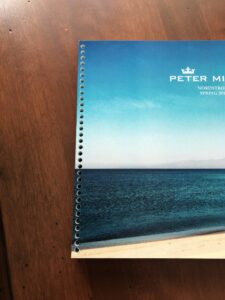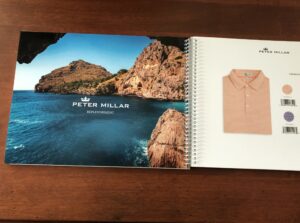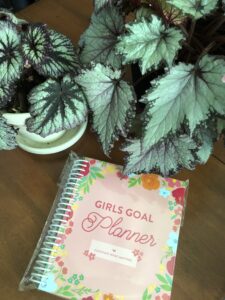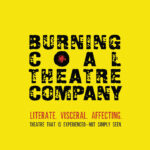In a bind over binding?
While saddle-stitching is the most prevalent binding technique, there are times when a print buyer needs a more versatile option to hold together a multi-page document. Plastic coil binding is an attractive alternative for several reasons. Sometimes you produce a book with more pages than saddle stitching can effectively handle. Since plastic coil binding is available in many sizes, you have fewer limitations on page count. Also, because of the rounded coil shape, coil bound books also have the advantage of being able to turn pages such that they lay flat. The spine can also be part of your overall graphic design and presentation.
Roll with the punches…
After printing, a collated book is run through a mechanical punch which uses steel dies to create a uniform pattern of holes through which the coil binding is wound. The heart of the matter–technically, the spine of the matter–is the plastic coil that threads the book together. After the holes are punched the plastic coil is wound–either mechanically or by hand–through the holes and then crimped on both ends so that they do not unwind. This durable system holds together very well as the stresses are distributed evenly along the length of the spine. The holes allow for some movement and flexibility.


The picture on the left is of a booklet punched, but not yet coiled. The picture on the right demonstrates how nicely the books lay flat.
Through thick and thin.
Most books are punched in a 4:1 ratio, which is simply a way of saying there are four punched holes per inch. Really thick books often get punched in a 2:1 ratio and use a thicker coil. The coils themselves are offered in a wide variety of diameters in order to accommodate books of various thicknesses. For example, a book that measures 12mm thick ( appx 1/2″ thick ) is bound with a 14mm diameter coil. Most thickness charts are based on sheets of 20# bond paper, which is impractical since books are printed on a wide variety of paper stocks and tend to have front and back covers that are heavier and thicker than the interior text. We base the required coil size on the your job specifications and actual measured thickness.
 This booklet is punched in a 2:1 ratio and packaged in a polybag.
This booklet is punched in a 2:1 ratio and packaged in a polybag.
So many choices…
The coil is available in multiple colors and diameters and can be complementary to your design choices. We stock a selection of white, black, and clear coils because these are the most commonly chosen colors. We can order many different colors and can usually have them in hand in 2-3 days. Want to make a statement? Clear, fluorescent-tinted coils are pretty spiffy. Just remember to allow more time when specifying special color so that materials can be obtained.
So many options…
The beauty of coil binding is that you can add different elements like tab dividers, separator sheets, and more. Some customers opt for clear acetate covers to provide protection for the front cover. And while many customers design and print back covers, some opt for an unprinted black textured vinyl that is fairly rigid. If we can punch it, we can incorporate it into your booklet. Talk to a sales rep today to explore the ways you can make magic with plastic coil binding.

This thick budget book is a great example of how plastic coil binding incorporates tabs.






 This booklet is punched in a 2:1 ratio and packaged in a polybag.
This booklet is punched in a 2:1 ratio and packaged in a polybag.

